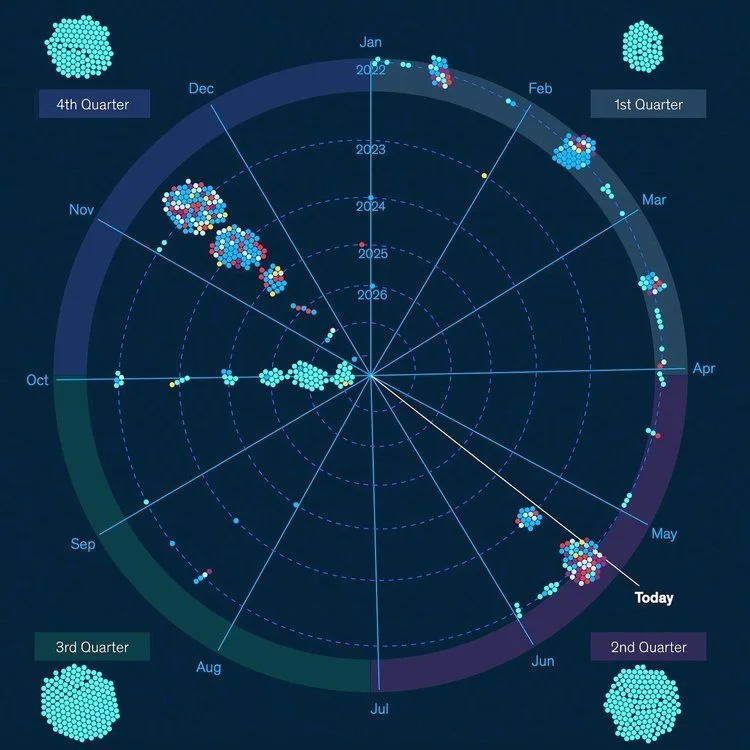|
$$PLAIN_TEXT_PREVIEW$$
WW+ Infrastructure Bulletin: July Edition
|
|
A digest of infrastructure news and funding opportunities. The What Works Plus (WW+) funder collaborative is a partnership coordination hub across philanthropy, government, and nonprofits to advance equity and climate resilience through thoughtful implementation of the BIL’s once-in-a-generation investment in America's infrastructure.
|
ACTIVE FUNDING OPPORTUNITIES
|
|
A snapshot of high-impact BIL implementation-related opportunities in need of philanthropic support
|
Support A Federal Workforce Program:
|
|
The Opportunity: The Biden Administration launched a nationwide, summer-long Talent Pipeline Challenge to support equitable workforce development for broadband, construction, and electrification jobs. How Philanthropy Can Help: Philanthropic organizations can complement the Federal government’s investment in workforce development by 1) partnering with employers to create or bring to scale skills training programs, coupled with wraparound services like transportation assistance and child care that will prepare workers for in-demand jobs, 2) recruiting local employers into the Talent Pipeline Challenge, and 3) working with employers to identify, recruit and support local women and workers of color into infrastructure jobs. Current Philanthropic Involvement: The Families and Workers Fund has committed $1 million in aligned funding to advance good jobs and diverse talent pipelines. The Hewlett Foundation has committed $150,000 for training workers through the Electric Vehicle Infrastructure Training Program (EVITP).
|
Support BBBRC Finalists Aligned With WW+ Pillars:
|
The Opportunity: The U.S. Economic Development Administration’s (EDA) $1 billion Build Back Better Regional Challenge focuses on bolstering economic recovery and regional industry clusters across the country. Out of 529 applications, EDA selected 60 Phase 1 finalists as part of its two-phase competition. The challenge will award 20-30 regional coalitions $25-$100 million to implement 3-8 projects supporting an industry sector. How Philanthropy Can Help: Philanthropic organizations can support BBBRC finalists who do not receive Phase 2 funding from EDA, including finalists whose missions are particularly well-aligned with WW+. |
|

|
|
|
Current Philanthropic Involvement: Philanthropies in attendance at the BBBRC included Arnold Ventures, Charles H Koch Foundation, Cognizant Foundation, Council on Foundations, ECMC Foundation, Ewing Marion Kauffman Foundation, Melville Trust, National Fund for Workforce Solutions, Schmidt Futures, Schultz Family Foundation, The Moriah Fund, and Walton Family Foundation. While these organizations were invited to potentially fund finalists, the list of philanthropies committed to funding is still pending.
|
Support A National Broadband Hub:
|
|
The Opportunity: The National Broadband Resource Hub is a free online platform that provides government leaders and nonprofits with tools and resources to help them chart innovative, community-driven solutions to make broadband more affordable and accessible in their communities. The Hub contains a resource library, a collaborative community platform for leaders, and customized assistance from broadband experts. How Philanthropy Can Help: Philanthropic organizations can help co-fund the Hub or a component of its efforts. Current Philanthropic Involvement: Schmidt Futures and Ford Foundation
|
|
Have a notable infrastructure-related investment, partnership or event coming up? Let us know at beder@tfreedmanconsulting.com to be featured next month.
|
The Kresge Foundation invested in Bloomberg Philanthropies’ Local Infrastructure Hub, a resource hub focused on helping localities develop and strengthen their applications for competitive IIJA grants. This effort will include technical assistance for cities with populations of 10K-150K that have historically been unsuccessful at accessing federal grants. Other funders: Emerson Collective, Ford Foundation Other partners: US Conference of Mayors, National League of Cities, Results for America
Family and Workers Fund, in partnership with the U.S. Department of Labor (DOL), hosted the Good Jobs Summit on June 21. During the Summit, DOL and the Department of Commerce (DOC) highlighted their eight “Good Jobs principles”, which create a framework for workers, businesses, labor unions, advocates, researchers, and government agencies for a shared vision of job quality.
The Irvine Foundation will speak at WorkRise’s Creating Good Jobs: Perspectives from Small Employers on July 26. This event convenes Reimagine Main Street, Common Future, WorkRise, small business owners, lenders, philanthropy leaders, and other experts to discuss how one can support small employers’ efforts to invest in their workforce. Other speakers include: US Department of Commerce, Gates Foundation, Urban Institute, Public Private Strategies, The Aspen Institute, Lafayette Square, South Texas Allergy & Asthma Medical Professionals (STAAMP)
|
INFRASTRUCTURE NEWS UPDATES
|
|
A snapshot of this month’s key infrastructure news
|
|

|
The White House has announced more than $4 billion that can be used to begin replacing all of America’s lead pipes while mobilizing additional resources and tools to remove lead to ensure Americans have clean drinking water. This comes six months after the administration unveiled the Biden-Harris Lead Pipe and Paint Action Plan. |
|
|
|
The National League of Cities’ analysis of 60 state-of-the-city speeches by US mayors demonstrates that upcoming federal funding for infrastructure development is the most popular talking point this year. The National Governors Association (NGA) Center for Best Practices is working with Connecticut, Idaho, Oregon and North Carolina to utilize BIL funds to scale pre-apprenticeship and apprenticeship programs in transportation infrastructure by expanding their Policy Academy on Scaling Work-Based Learning work and by providing technical assistance.
|
The U.S. Department of Energy (DOE) launched BIL’s $8 billion program to develop regional clean hydrogen hubs (H2Hubs) across America. To accelerate the use of hydrogen as a clean energy carrier, H2Hubs will create networks of hydrogen producers, consumers, and local connective infrastructure. This process is a key factor in achieving President Biden’s goal of a 100% clean electrical grid by 2035 and net-zero carbon emissions by 2050. |
|

|
|
|
|
20 leading internet providers have committed to the Affordable Connectivity Program (ACP), which will allow 48 million households to receive high-speed internet plans for no more than $30 a month through BIL funds.
|
|

|
McKinsey’s Reinvesting in America initiative developed the BIL Navigator, a customizable database separated into searchable categories to help navigate BIL’s $1.2 trillion federal investment and 400 programs. |
|
|
|
WW+ Infrastructure Bulletin: July Edition
|
|
|
|